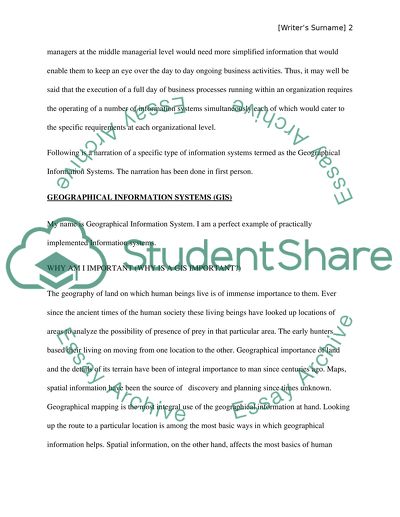Cite this document
(“Geographic Information Systems Research Paper Example | Topics and Well Written Essays - 1750 words”, n.d.)
Retrieved from https://studentshare.org/information-technology/1436664-geographic-information-systems
Retrieved from https://studentshare.org/information-technology/1436664-geographic-information-systems
(Geographic Information Systems Research Paper Example | Topics and Well Written Essays - 1750 Words)
https://studentshare.org/information-technology/1436664-geographic-information-systems.
https://studentshare.org/information-technology/1436664-geographic-information-systems.
“Geographic Information Systems Research Paper Example | Topics and Well Written Essays - 1750 Words”, n.d. https://studentshare.org/information-technology/1436664-geographic-information-systems.


